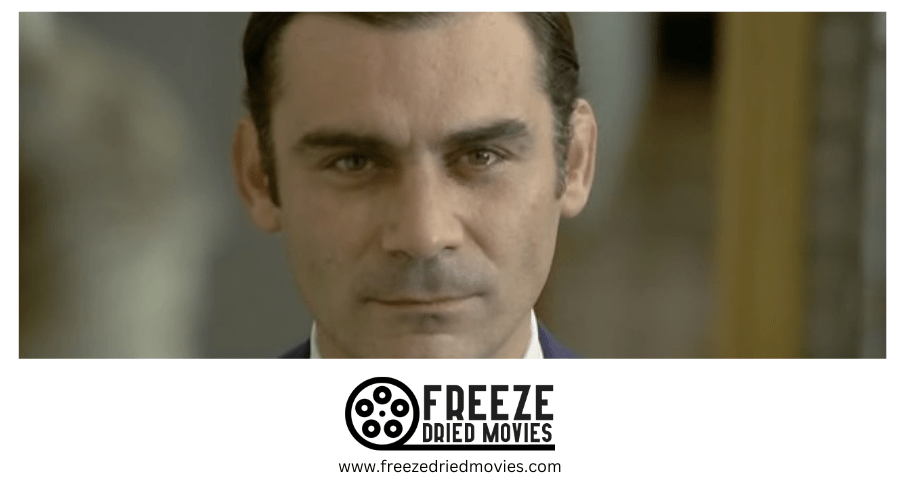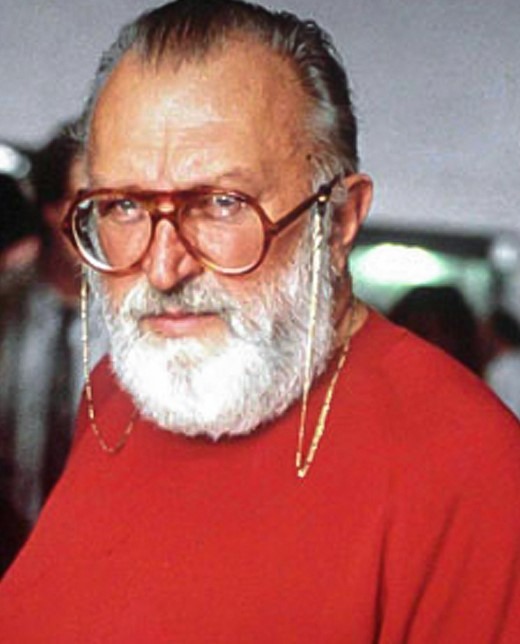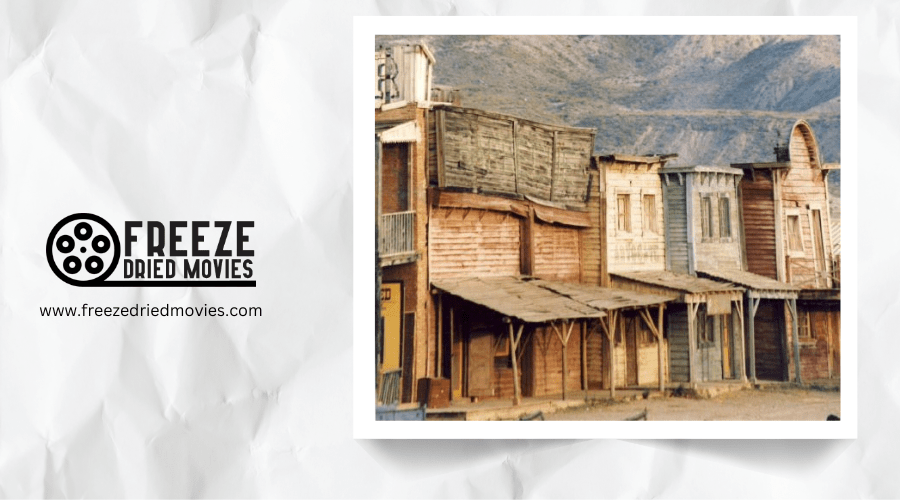Gian Maria Volontè’s Villain Mastery in Classic Spaghetti Westerns

In the brutal, sun-scorched world of Spaghetti Westerns, you'll find few villains as enthralling as those portrayed by Gian Maria Volontè. His sneering Ramon Rojo and psychotic El Indio didn't just threaten heroes – they challenged how cinema depicts antagonists entirely. When you watch him face off against Eastwood, you're witnessing more than gunfights; you're seeing political conviction and method acting technique fuse into something revolutionary. But what drove this Italian actor to create such unforgettable monsters?
From Theater to Film: Volontè's Early Career and Artistic Foundations
Gian Maria Volontè broke into the Italian arts scene through classical theater training, setting up the foundation for his legendary film career. Born in Milan in 1933 to a middle-class family, he pursued formal training at Rome's National School of Dramatic Art, where he honed the intense performance style that would later define his screen presence.
His theatrical debut came in 1959 with Shakespeare's "Romeo and Juliet," showcasing the dramatic range he'd later bring to cinema. Just a year later, Volontè made his first film appearance in "Under Ten Flags," though it was merely a small role.
His career trajectory shifted dramatically in 1963 when he landed his first major film part in "A Man to Burn," beginning his transformation from stage actor to one of Italy's most compelling screen performers.
Similar to James Dean, Volontè studied at a prestigious Actors Studio where he developed his immersive method acting techniques.
Crafting Iconic Villains: Ramone Rojo, El Indio, and El Chuncho
The villainous characters that catapulted Volontè to international fame emerged through his collaborations with directors Sergio Leone and Damiano Damiani in the mid-1960s.
As Ramon Rojo in "A Fistful of Dollars" (1964), Volontè created a sneering, ruthless gunslinger whose swagger masked a calculating brutality. His performance elevated the standard Western villain to something more psychologically complex.
Volontè's portrayal of El Indio in "For a Few Dollars More" (1965) pushed further, delivering a chilling antagonist whose drug-induced madness and pocket watch obsession revealed deeper trauma.
His most politically charged role came as El Chuncho in Damiani's "A Bullet for the General" (1966), where he transformed a Mexican bandit into a symbol of revolutionary consciousness, showcasing his ability to infuse villains with moral ambiguity and unexpected depth.
Much like Greta Gerwig's Barbie film which draws inspiration from 1950s era cinema, Volontè's performances borrowed from classic film traditions while transforming them into something revolutionary for their time.
The Actor Behind the Antagonist: Volontè's Political Life and Its Influence
Behind the menacing scowls and calculated violence of his on-screen personas stood a man driven by fierce political conviction. You might be surprised to learn that Volontè's political life extended beyond mere ideology—he actually served in the Italian parliament as a Communist Party member.
His leftist leanings directly shaped his acting choices, particularly in socially conscious films like "The Moro Affair." This political commitment created interesting tensions on Spaghetti Western sets, where his views often clashed with those of his co-stars.
Interestingly, Volontè's political convictions may have developed partly in reaction to his father, a fascist officer. This personal history fueled the passion that became inseparable from both his activism and his performances, cementing his legacy as an actor whose art and politics were inextricably linked. His approach to politicized filmmaking paralleled Argentine cinema's Third Cinema movement, which similarly viewed film as a tool for promoting social change and political awakening.

Leone's Direction and Volontè: A Creative Partnership in Cinema
When Sergio Leone first collaborated with Gian Maria Volontè, cinema history was forever changed by their electric creative partnership. Leone's meticulous direction perfectly harnessed Volontè's theatrical intensity through strategic close-ups and camera angles that showcased the actor's expressive range while maintaining narrative balance.
Volontè's background in physical theater acting aligned remarkably with Leone's vision for larger-than-life spaghetti western villains. Their collaboration produced unforgettable antagonists like Ramon Rojo in "A Fistful of Dollars" and El Indio in "For a Few Dollars More" – characters that defined the genre.
What made their partnership exceptional was how Leone's directorial control complemented Volontè's raw talent. Together, they created villains with psychological depth and terrifying authenticity that still captivate audiences decades later.
Beyond the Spaghetti Western: Volontè's Broader Filmography and Impact
While Leone's collaboration with Volontè produced genre-defining villains, these iconic western roles represent only a fraction of the actor's remarkable career. Over his 34-year journey in cinema, Volontè appeared in more than 40 films, establishing himself as one of Italy's premier dramatic talents.
You'll find his true artistic range in his acclaimed political films, where his extraordinary sensitivity enabled him to embody complex figures like Aldo Moro with haunting realism. His performances earned prestigious recognition, including the Best Actor award at the Cannes Film Festival for "The Death of Mario Ricci" (1983) and the Silver Bear at the Berlin Film Festival (1987).
Beyond the memorable antagonists that introduced him to international audiences, Volontè's legacy rests on his ability to deeply transform into his characters with an intensity few actors could match.
The Volontè Brothers: Comparing Careers and Collaborative Work
Their sole on-screen collaboration came in the 1967 crime drama "Wake Up and Die," where their shared genetics were on full display.
Behind the scenes, the brothers maintained contrasting personas—Gian Maria embraced political activism while Claudio preferred a quieter existence—yet both contributed enormously to expanding the dramatic range of Spaghetti Westerns beyond simplistic character types.
Artistic Legacy: How Volontè Redefined the Western Villain Archetype
Volontè's physically expressive acting style conveyed complex psychological states, elevating antagonists beyond stereotypical "bad guys." His performances imbued villains with tragic grandeur, challenging your perception of morality in the Old West.
His remarkable versatility allowed him to portray both menacing, cerebral criminals and charismatic, eccentric outlaws with equal conviction. Each character emerged with distinct motivations and flaws. This transformative approach to antagonists has cemented Volontè's legacy as the man who forever changed how we view Western villains.



